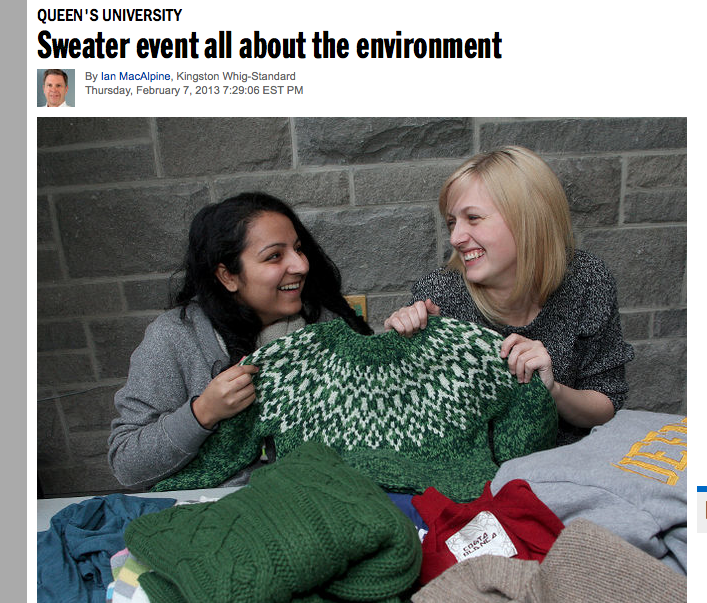In Canadian history aboriginal people have been treated terribly. Residential schools were meant to strip the identity of indigineous peoples. Young children were removed from their homes and their cultures. Unfortunately as a result of this terrible past many aboriginal youth are growing up without a sense of their cultural identity. This disconnect can be seen as a direct result of their parents and grandparents being forcibly removed from their traditions, langauge and culture.
In recent news aboriginal children and youth had formed a ‘suicide pact’ as you can read in the article below.
http://www.theglobeandmail.com/news/british-columbia/apartheid-system-of-programs-blamed-for-native-suicide-pact/article5750176/
I think the most interesting part of this article is the reference to the effects of the racially selective social programs the children take part in. While the intention of these native only programs was to be culturally sensitive it seems that they have just isolated native children from benefitting from other social services.
When thinking about this in terms of education I know many schools have aboriginal classrooms and programs that are meant to allow aboriginal students to connect with their culture during school time. I however don’t see why more teachers can’t incorporate aboriginal ways of knowing in to mainstream classrooms.
I read about an interesting study for my positive psychology class called “Salmon Cycles”. This science field study incorporated contemporary and western views of science with traditional aboriginal ways of knowing such as incorporating knowledge about the ecological relationships, a sense of place and stewardship of the land. The participants in the program were able to become connected to their culture and learn contemporary science. It is important to note that this program took place outside of school. There is no reason however that schools can not incorporate this type of experiential learning.
Aboriginal students deserve to feel connected to their culture and I hope in the future I can incorporate aboriginal ways of knowing and of learning in to my classroom since it is so important to help all students develop a sense of identity.
Today the Idle No More movement is empowering young people to be connected to their roots and be proud of their culture. I hope by the time I have my own classroom aboriginal students I meet can proudly teach me about their traditions and culture.
Here is a video of native students fighting back against negative and racist stereotypes that they encounter:


